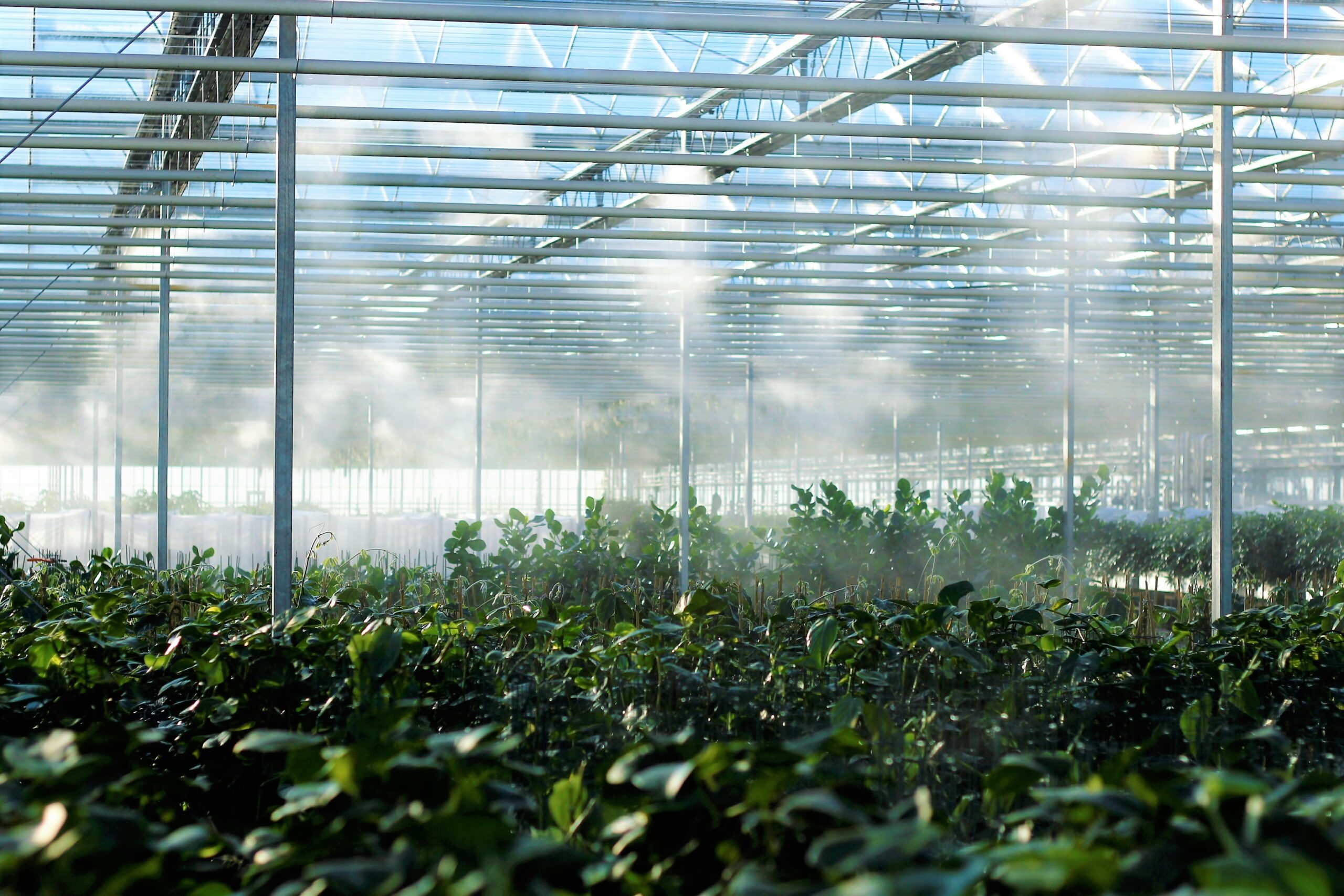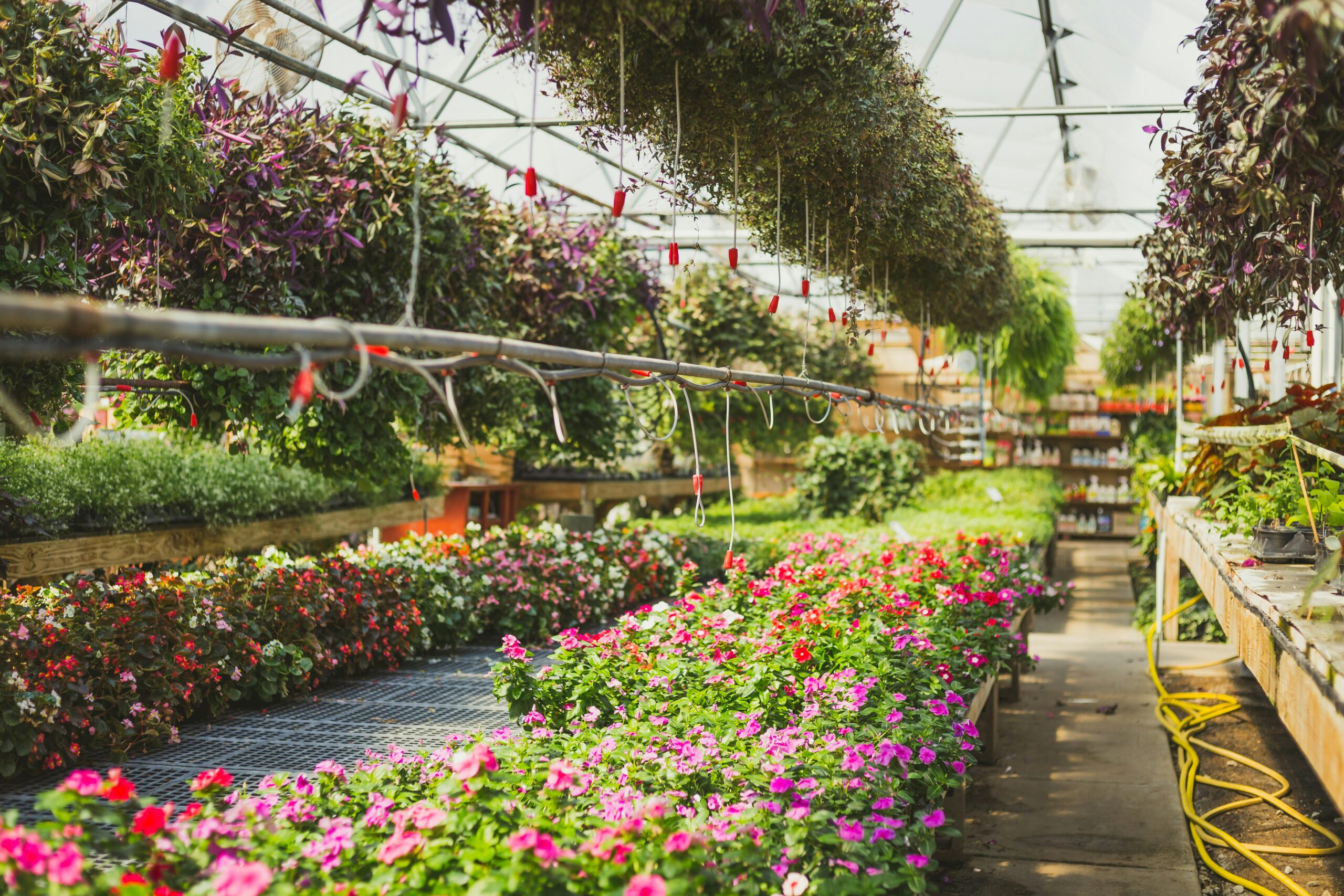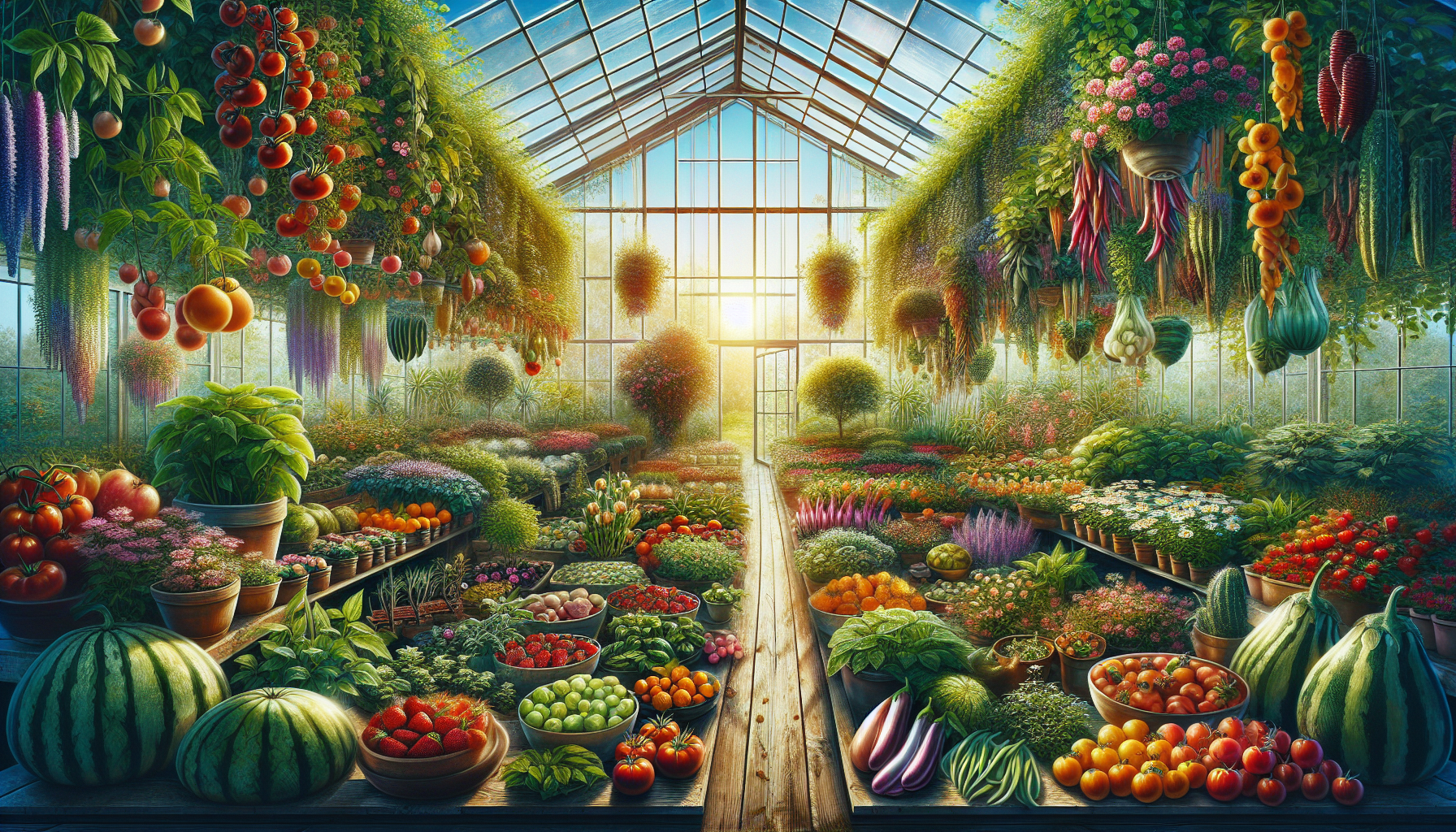Today, you are embarking on an exciting journey as you set up your very first greenhouse garden. In this article, we will explore the steps to take in getting started and the benefits of having your own greenhouse. With a great greenhouse kit on sale and a helpful video by GreenhouseToGrow, you will be well on your way to cultivating your very own thriving garden oasis. Whether you are a seasoned gardener or new to the world of gardening, setting up a greenhouse can provide you with the opportunity to grow a wide variety of plants, flowers, and vegetables all year round.
By investing in a quality greenhouse kit, you will be able to create the perfect environment for your plants to flourish. With the guidance of GreenhouseToGrow’s video, you will learn valuable tips and tricks for maximizing the potential of your greenhouse garden. Get ready to enjoy the benefits of fresh produce, vibrant blooms, and a relaxing space to unwind and connect with nature right in your own backyard.

Choosing the Right Location
When selecting a location for your greenhouse, there are several factors to consider. First and foremost, think about sunlight exposure. Your greenhouse should ideally receive full sunlight for most of the day to ensure that your plants can thrive. Additionally, it is crucial to choose a spot with good drainage to prevent waterlogging, which can lead to root rot and other issues. Lastly, make sure that your chosen location has easy access to utilities like water and electricity to simplify the gardening process.
Selecting the Appropriate Greenhouse Size
Determining the right size for your greenhouse involves assessing your gardening needs, the available space in your yard, and any budget constraints you may have. Consider what you plan to grow in your greenhouse and how much space those plants will require to flourish. Measure the area in your yard where you plan to place the greenhouse to ensure that it will fit comfortably. Finally, establish a budget for your greenhouse project to help guide your decision-making process.
Deciding on the Type of Greenhouse Structure
There are several options to choose from when it comes to the type of greenhouse structure, including glass, polycarbonate, or hoop house designs. Glass greenhouses are known for their durability and aesthetics, while polycarbonate structures are lightweight and offer excellent insulation. Hoop houses are more affordable and easy to assemble, making them a popular choice for beginner gardeners. Consider your local climate and weather conditions when selecting a greenhouse structure, and think about the long-term maintenance requirements of each option.
Preparing the Ground Inside the Greenhouse
Before you start planting in your greenhouse, it is essential to prepare the ground properly. Begin by leveling the ground to create a flat surface for your plants to grow. Improve the soil quality by adding organic matter like compost or aged manure to provide essential nutrients for your plants. Consider installing a watering system to ensure that your plants receive the appropriate amount of water consistently.

Organizing Your Greenhouse Space
Organizing your greenhouse space efficiently will help maximize your growing area and make gardening more manageable. Create planting beds to separate different types of plants and make it easier to care for them. Set up shelving and storage units for pots, tools, and other gardening supplies to keep your space tidy and easy to navigate. Designate specific work areas for tasks like potting, pruning, and seed starting to streamline your gardening process.
Choosing Suitable Plants for Your Greenhouse Garden
When selecting plants for your greenhouse garden, consider their temperature requirements, climate suitability, and the purpose of your garden. Choose plants that thrive in the temperature range your greenhouse can provide and are well-suited to your local climate. Decide whether you want to grow vegetables, flowers, herbs, or a combination of plants in your greenhouse and select species accordingly.

Installing Ventilation and Climate Control Systems
Proper ventilation and climate control are essential for maintaining a healthy greenhouse environment. Ensure that your greenhouse has adequate air circulation to prevent issues like mold, mildew, and pests. Regulate temperature and humidity levels with fans, vents, and heating or cooling systems as needed. Implement measures to prevent pests and diseases from infesting your plants, such as screening vents and regularly inspecting for pests.
Maintaining Your Greenhouse Garden
Regular maintenance is key to keeping your greenhouse garden thriving. Water your plants consistently and fertilize them as needed to provide essential nutrients. Monitor your plants regularly for signs of pests, diseases, or nutrient deficiencies and take prompt action to address any issues. Keep your greenhouse clean and sanitized to prevent the spread of diseases and maintain a healthy growing environment.

Harvesting and Enjoying the Fruits of Your Labor
Knowing when to harvest your crops is crucial to enjoying the fruits of your labor. Different plants have specific harvesting times based on factors like maturity, ripeness, and flavor. Preserve and store your produce properly to extend its shelf life and enjoy it for longer. Share your homegrown goodies with friends and family to spread the joy of gardening and celebrate your success.
Conclusion
Setting up a greenhouse garden is an enriching experience that requires careful planning and maintenance. By choosing the right location, size, and structure for your greenhouse, preparing the ground, organizing your space, selecting suitable plants, installing ventilation and climate control systems, maintaining your garden, and harvesting your produce, you can create a thriving oasis for your plants and enjoy the benefits of fresh produce year-round. With dedication, knowledge, and a green thumb, you can cultivate a successful greenhouse garden that brings joy and fulfillment to your life.
